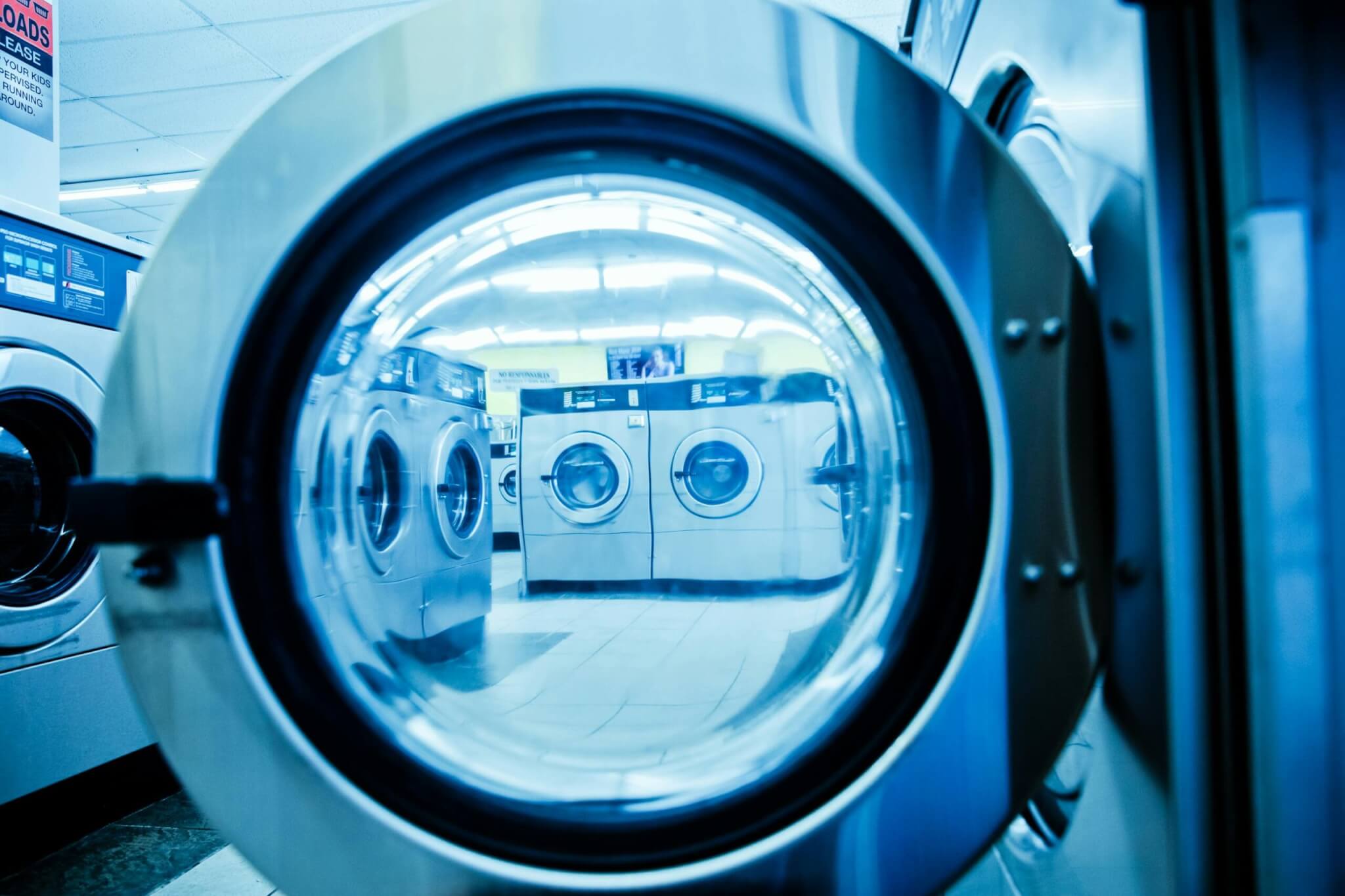Aug 20, 2025
5 min read
How to Get a Business Loan for Your Laundromat in 5 Steps
Running a laundromat business often requires significant upfront and ongoing capital....
Read story

Opening and running a restaurant requires a significant financial investment. From kitchen equipment and staff wages to inventory and lease payments, the costs can add up quickly. If you’re launching a new location, upgrading your space, or managing day-to-day operations, having access to the right financing can help you stay on track and support long-term growth.
There are several types of small business loans designed specifically for restaurants. These funding solutions can provide the working capital you need without disrupting your cash flow.
In this article, we’ll walk through five key steps to help you secure a restaurant loan. You’ll learn how to identify your financing needs, compare loan options, understand eligibility requirements, and choose a lender that aligns with your goals.
Before applying for a restaurant loan, it’s important to identify exactly how much funding you need and what you’ll use it for. Whether you’re outfitting a new kitchen, hiring staff, or covering day-to-day expenses during slower months, having a clear plan will help you choose the right type of loan and improve your chances of approval.
Restaurant owners seek financing for a variety of reasons. Your specific needs will depend on your business model, stage of growth, and operational challenges.
Restaurants have access to several financing options tailored to the unique challenges of the foodservice industry. Whether you need capital for daily operations, equipment upgrades, or long-term growth, understanding your loan options is key to choosing the right solution.
The SBA 7(a) loan is a government-backed program that supports small businesses, including restaurants. These loans offer competitive terms but can take longer to process.
A term loan gives you a lump sum of funding that’s repaid over a fixed period. It’s a versatile option for restaurants looking to make larger investments in their business.
Restaurants rely on commercial-grade equipment that can be costly to purchase upfront. Equipment financing allows you to break the cost into manageable payments.
A business line of credit gives restaurants flexible access to working capital. You can draw funds as needed and only pay interest on what you use.
Understanding the factors lenders use to evaluate loan applications can help you better prepare and improve your chances of getting approved. While requirements vary by lender and loan type, most will look at the following key areas when assessing a restaurant loan application:
Lenders typically use your personal and business credit scores to assess risk. A higher score generally leads to better interest rates and terms. While banks may prefer scores of 680 or higher, some alternative lenders are more flexible.
Most lenders want to see at least one to two years of operational history. If you’re opening a new restaurant, you may still qualify for certain loans, but you’ll likely need a strong business plan and solid personal finances.
Lenders evaluate your business’s revenue to determine your ability to repay the loan. Many loan programs have minimum annual revenue thresholds—often between $100,000 and $250,000.
Even with strong sales, lenders want to ensure your restaurant has positive cash flow and a reliable profit margin. They’ll assess whether your earnings can support consistent loan payments.
Some loans may require collateral such as equipment, inventory, or a personal guarantee. This can help lower the lender’s risk and may improve your loan terms.
Once you know what kind of loan you need and understand the eligibility requirements, the next step is finding a lender that fits your business. Restaurants often benefit from working with lenders who understand the industry and can offer flexible financing options.
Banks typically offer competitive interest rates and long repayment terms. However, they often require strong credit, established business history, and a lengthy approval process. This can be a good fit for well-established restaurants with strong financials.
Alternative lenders tend to offer faster application and approval processes, along with more flexible qualifications. They’re a solid option for newer restaurants, businesses with lower credit scores, or those seeking short-term funding.
Some lenders, such as SBG Funding, specialize in working with restaurant businesses and offer financing tailored to industry needs, such as funding for equipment, remodeling, or seasonal cash flow support.
Once you’ve selected a lender and loan type, the final step is to prepare your application. Having your documentation ready can streamline the process and increase your chances of approval.
While specific requirements vary by lender, most restaurant owners should be prepared to provide:
Some lenders may also request food service permits, lease agreements, or equipment quotes—particularly if the loan is for opening a new location or purchasing equipment.
After submitting your application, funding timelines vary. Online lenders may provide same-day decisions and funding, while traditional lenders could take several weeks. Respond promptly to any additional requests, and make sure to review all loan terms before signing.
Whether you’re launching a new restaurant or expanding your current location, SBG Funding offers customized loan solutions to help you grow. Our fast and flexible financing is designed to support the everyday challenges and long-term goals of food service businesses.
Applying won’t affect your credit score. Get the funding your restaurant needs—without the wait.

Aug 20, 2025
5 min read
Running a laundromat business often requires significant upfront and ongoing capital....
Read story

Jul 09, 2025
5 min read
Business loans can be a critical source of working capital, helping...
Read story

Jun 18, 2025
5 min read
A personal guarantee is a legally binding promise made by a...
Read story

A funding specialist will get back to you soon.
If you can’t hang on then give us a call at (844) 284-2725 or complete your working capital application here.